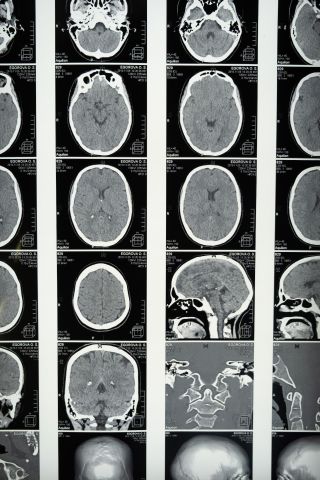Transcranial Magnetic Stimulation Therapy
The Revolution in and Evolution of TMS Technology
Transcranial magnetic stimulation (TMS) is evolving for the better.
Updated September 26, 2023 Reviewed by Ray Parker
Key points
- Transcranial magnetic stimulation (TMS) is evolving into a more personalized treatment modality.
- Neuronavigation, which can use a patient's brain MRI to target the magnetic pulses, is now available.
- Soon, fMRI-guided neuronavigation will be available.

Transcranial magnetic stimulation (TMS) has grown in popularity over the years as a treatment for patients with treatment-resistant depression, obsessive-compulsive disorder (OCD), and smoking cessation.
TMS has been utilized more and more, particularly in depression patients. While the attraction of TMS is due to its high response rate compared to medications alone, as well as its safety profile, there have been changes in TMS technology that might make TMS even more attractive.
When TMS first started, every patient would have similar targets for magnetic pulsing. As the field of TMS has evolved, it has become clear that targets should be more personalized.
After all, brains come in different shapes and sizes. Individual scalp measurements can now be used to tell us what might be the best target location for an individual patient (called the Beam Method).
There are also now TMS systems with neuronavigation, which incorporate MRIs to help target the stimulation. This can take the form of utilizing a patient’s individual MRI, which can be imported into the TMS system, and the system then guides the clinician to the best target location.
For patients who do not want or cannot get an individual MRI, it is possible to use a standardized brain template MRI that is then conformed and individualized to the patient’s head size.
Perhaps even more exciting, in the near future, we may be able to utilize neuronavigation for TMS that does not just use MRI, but fMRI (functional magnetic resonance imaging). While an MRI is a static view of the brain, fMRI is a more dynamic view, where neuronal activity in multiple parts of the brain can be seen, and can be seen to change over time.
FMRI-guided TMS called the SAINT protocol (Stanford Accelerated Intelligent Neuromodulation Therapy) was cleared by the U.S. Food and Drug Administration (FDA) last year. With the SAINT protocol, TMS is personalized based on the exact location in the dorsolateral prefrontal cortex. It is the most oppositely correlated on fMRI with an area deep in the brain called the subgenual cingulate.
TMS is currently going through an exciting evolution with greater personalization of treatment targets. As a society, we have come to expect things to be more individualized to us: We see ads on the internet that are focused on our personal interests, for example.
Our phones are very individualized with apps that appeal particularly to us. It only makes sense that the world of TMS is following this trend. Hopefully, this evolution of TMS technology will lead to a revolution of better outcomes for brain health.


